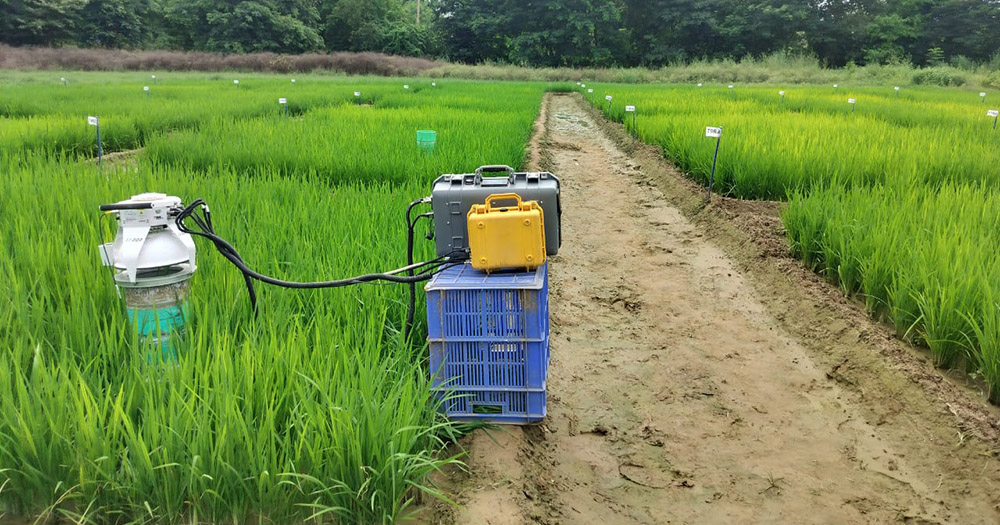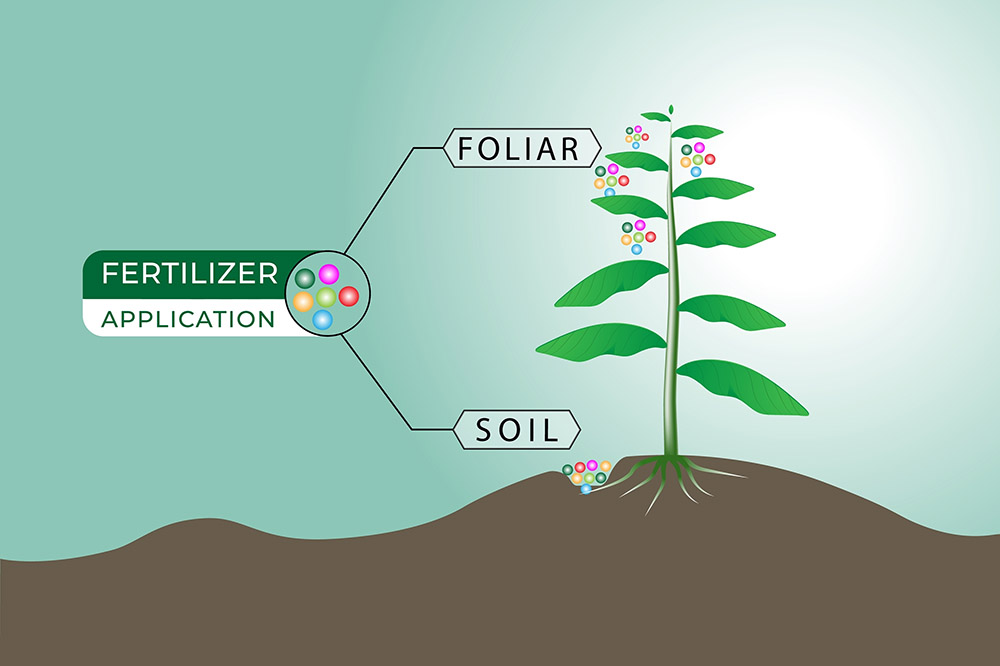Nano-agri-inputs could be the next big leap in sustainable farming, with the ability to boost yields and cut emissions—but their real-world impact will rest on scientific rigour, careful regulation, and farmer trust.

The Promise

Nano-agri-inputs such as nanofertilizers and nanopesticides are creating a buzz in the fertilizer sector for their potential to enhance nutrient use efficiency, reduce leaching and volatilization, improve soil microbial health, and rejuvenate soils over a longer term through reduced reliance on conventional market fertilizers. Global long-term data suggest that 50% to 90% of conventional fertilizers, when applied through soil, are lost to the environment. Technologies designed for quicker uptake by plants can overcome some of these issues and challenges.
The science of nanofertilizer is primarily dictated by their ultra small size, which leads to a higher surface-to-volume ratio and an abundance of active sites on the surface of these nanoparticles. This makes nano-agri-inputs well-suited to the criteria outlined earlier—higher uptake efficiency and minimal to no leaching. Globally, India is pioneering this sector and hence it must take greater responsibility in delivering products of the highest standard. The subsidy burden on the government and the stagnant Nutrient Use Efficiency (NUE) of most conventional fertilizers highlight the urgency for new ‘Make in India’ technologies.
The Dilemma
Like any innovation, the present status of the nanofertilizer sector can well be compared with a wandering object trying to dock somewhere in the universe. Numerous studies worldwide underscore the benefits of nanofertilizers, yet the ‘docking’ mechanisms–including the molecular pathways–remain poorly or inadequately understood. Several other questions continue to be debated: (i) Do we have enough data to support the claim about dose reduction and yield enhancement? (ii) What is the cost-to-benefit ratio to ensure farmers’ incomes are not adversely affected? (iii) How can we be sure that these nanoparticles are not toxic to plants and ecosystems? (iv) How can small quantities of nanoparticles reduce the required dose by 25% to 50%?
The Hope

Let us not be overwhelmed by the questions and doubts. Our ecosystem is complex and open, and any adverse or beneficial effect cannot be the result of either a single parameter or intervention(s). Therefore, relying on a few datasets alone would be unwise. Long-term, systematic field trials in different agro-climatic zones–both within and outside the country–conducted by independent groups would be crucial. Understanding the interactions between nanoparticles, plants, and the broader ecosystem would require the expertise of multiple domains, including nanotechnology, chemistry, biotechnology, ecosystem science, and statistical analysis with life-cycle assessment experience. All stakeholders from industry and academia should come together to sponsor such long-term research.
At the same time, farmers’ awareness about the right methods and timings of application would form the backbone of such technologies. A mechanism must be developed to compensate farmers so that new technologies can be tested without the fear of losing the produce/crops. Agricultural institutes, such as the Indian Council of Agricultural Research (IACR) and State Agricultural University (SAU), with the able support from the government, industries, and technology developers, can help educate and sensitize farmers through field demonstrations and training programmes.
At the other end of the spectrum, scientists are working relentlessly to understand exactly what triggers beneficial or detrimental effect on yield parameters. Enhanced photosynthetic efficiency and the activation of nutrient assimilation pathways (e.g., nitrogen and phosphorous) are some of the biochemical benefits already documented in literature. Environmental gains like reduction in greenhouse gas (GHG) emissions by 10% to 30% and reduced nutrient leaching would be helpful in achieving our net-zero goals by 2070. With agriculture accounting for 18–20% of total GHG emissions, such technologies can be a boon in the coming years.
The basic principle of toxicology states that “the dose makes the poison”. Even everyday substances like common salt and caffeine can be lethal to humans when consumed beyond 3,000 mg/kg and 200 mg/kg, respectively. Medicines, too, are prescribed within a certain dose to minimize adverse effects. Similarly, toxicity analysis of nano-agri-chemicals–conducted in accordance with the guidelines of Department of Biotechnology (DBT), Organisation for Economic Co-operation and Development (OECD), European Chemicals Agency (ECHA), and other regulatory bodies–is essential before any field-level applications. Any new nano-agri-input should clearly specify the recommended dose on its product label.
The path of innovation isn’t always rosy. We must work together to make this promising technology even better, guided by unbiased data and robust scientific evidence and aid. There is no doubt we stand at a crossroads, where food security is threatened due to non-significant increase in productivity and deteriorating soil health. Scouting for new technologies with the potential for large-scale field application will therefore be a long but necessary journey. We, at TERI, are committed to innovate such sustainable solutions in different domains.
